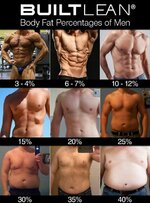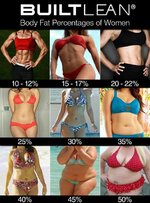- Admin
- #101
BMI gets updated and has.Is this based on BMI? If so, BMI is misleading. It was invented almost 200 years ago, and it's an inaccurate measure of body fat as it doesn't take into account muscle and bone density, among other things. So, for example, an athletic person can score as obese. Some insurance companies charge higher premiums for those with a high BMI, so cynically speaking, it may be in their best interest to keep BMI as a measurement. One Harvard professor referred to BMI as “flawed, crude, archaic and overrated proxy for health.”













